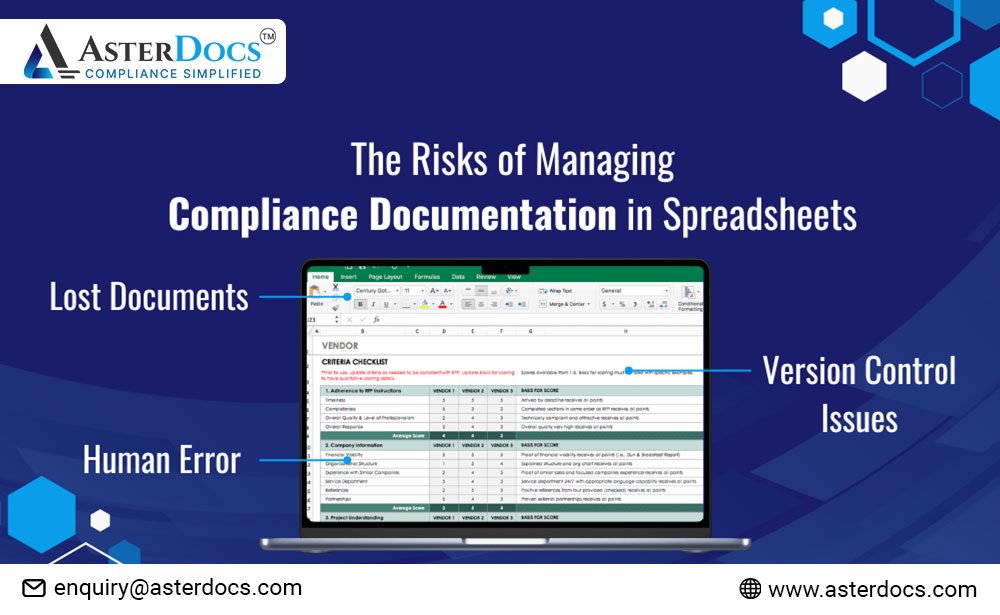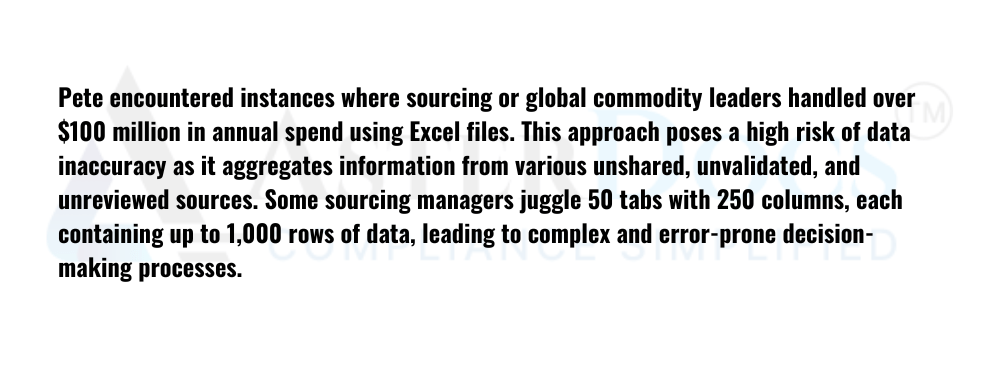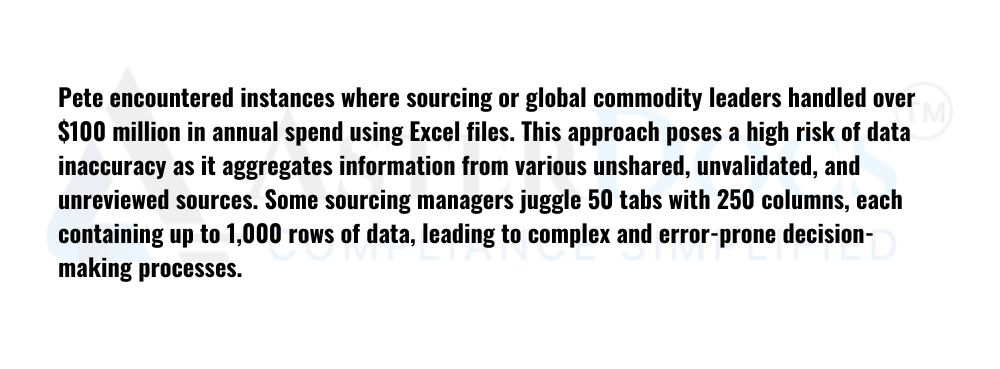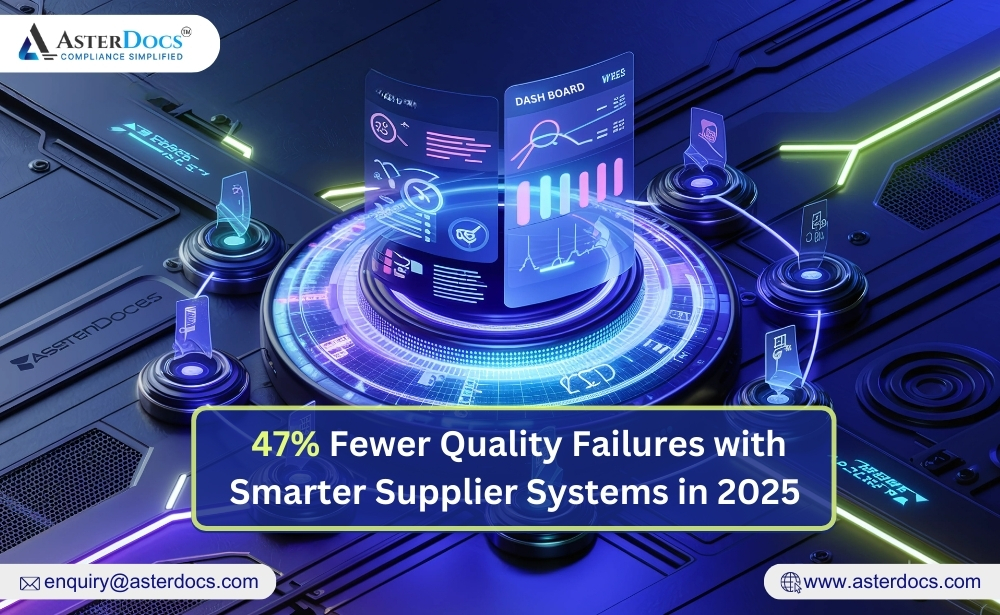In today’s globalized economy, ensuring a strong and compliant supply chain is critical. Supplier qualification, the process of evaluating potential vendors, plays a vital role. But relying on manual processes for supplier qualification can be a recipe for trouble, especially when it comes to managing complex compliance requirements. This blog post explores the limitations of manual processes and how they can hinder effective supplier qualification.
Tracking Compliance Documentation
Imagine a mountain of paperwork – supplier certificates, registrations, and audits – all meticulously filed but difficult to navigate. This is the reality for companies relying on spreadsheets and folders for compliance documentation. As your supplier base grows, manually tracking this vast amount of information becomes a logistical nightmare.
- Lost Documents: Misplaced documents lead to delays in audits and approvals, impacting business continuity.
- Version Control Issues: Keeping track of the latest versions of compliance documents is a challenge, potentially leading to outdated information being used during audits.
- Human Error: Manual data entry is prone to errors, raising concerns about the accuracy of compliance records.
Outdated Information and Lack of Visibility
Ensuring all compliance documentation is up-to-date and readily available is paramount for effective supplier qualification. Manual processes make this a constant struggle.
- Expiry Blind Spots: Manually tracking document expiry dates is error-prone, potentially leading to non-compliant suppliers slipping through the cracks.
- Information Silos: Spreadsheets create information silos, making it difficult to get a holistic view of a supplier’s compliance status across different departments.
- Reactive Approach: Manual processes make it challenging to proactively monitor and identify potential compliance risks with suppliers.
The Audit Trail Challenge
Imagine trying to reconstruct a supplier audit process months later – a daunting task with manual systems. A clear audit trail is essential for demonstrating compliance and conducting investigations. Manual processes fall short here:
- Limited Record Keeping: Manual processes often lack robust record-keeping capabilities, making it difficult to track communication, decisions, and corrective actions taken during audits.
- Reconstruction Challenges: Recreating the audit trail for investigations or regulatory inquiries can be time-consuming and prone to inconsistencies.
- Weak Enforcement: Without a clear audit trail, enforcing compliance policies and taking corrective actions becomes challenging.
The Digital Solution
Supplier qualification software offers a powerful alternative to manual processes. It streamlines document management, automates tasks, and provides real-time visibility into supplier compliance. By investing in digital solutions, you can ensure a more efficient, accurate, and auditable supplier qualification process, laying the foundation for a strong and compliant supply chain.















